Designer dogs have become very popular over the past two decades, with Doodle dogs (like the Goldendoodle and Labradoodle) and mixed breeds of all kinds stealing dog lovers’ hearts across the globe.
Most were first bred in the 1990s and later, but the Cockapoo is much older. The earliest examples were produced (probably by accident) in the 1950s and 1960s.
Although it’s been around for all this time, you might not know much about this sweet little pooch. Maybe you’re researching this breed with a view to buying one for yourself? Perhaps you’re just curious to know more?
Whatever the reason for your interest, we’ve put together a guide to the Cockapoo to tell you all you need to know.
What Is A Cockapoo?
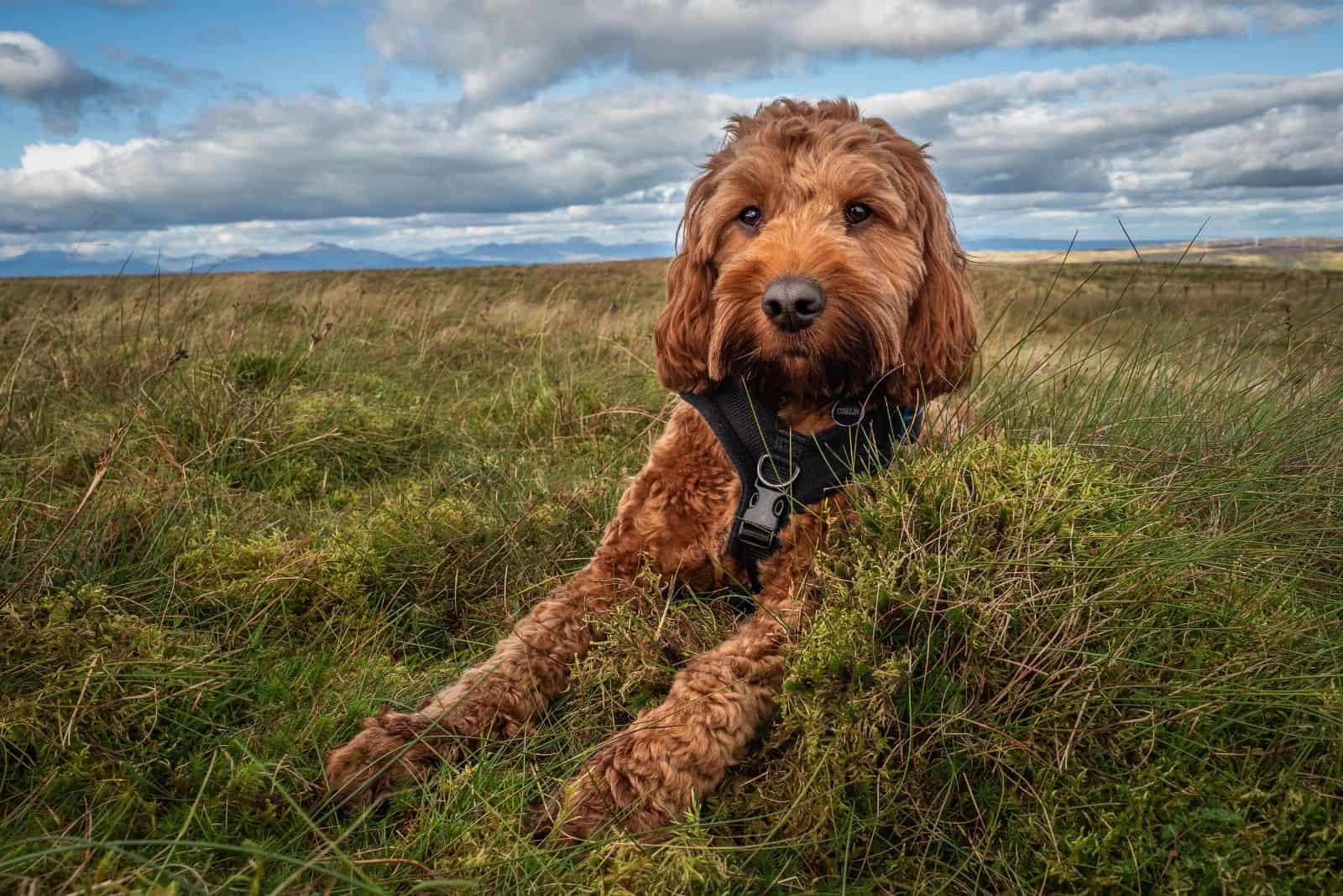
There’s a clue in the name! And if we tell you this dog is also known as the Cockerdoodle and the Spoodle, you can surely guess if you didn’t already know. Some people also spell the name Cockerpoo.
Cockapoos are a hybrid of the purebred Cocker Spaniel and the Poodle.
Although it’s thought that they were initially bred by accident, Cockapoo breeders soon recognized their unique qualities. They also realized that these dogs were generally in better health than many pure breeds.
While the Poodle and Spaniel were both bred as working dogs, the Cockapoo is designed to be a companion dog through and through, and it’s a job they perform very well!
As they’re a mixed breed, these dogs can’t be registered with the big kennel clubs like the AKC.
However, the Cockapoo Club of America (established 1998) and the American Cockapoo Club (established in 2004) were set up so that Cockapoo owners can register their dogs and connect with others for support and advice.
They’re great places to start if you’re looking for reputable Cockapoo breeders when you want to buy a puppy.
We should point out that some breeders use the American Cocker Spaniel, while others prefer the English Cocker Spaniel. Although they’re pretty similar, some differences will show in the offspring.
Cockapoo Puppies: What To Expect
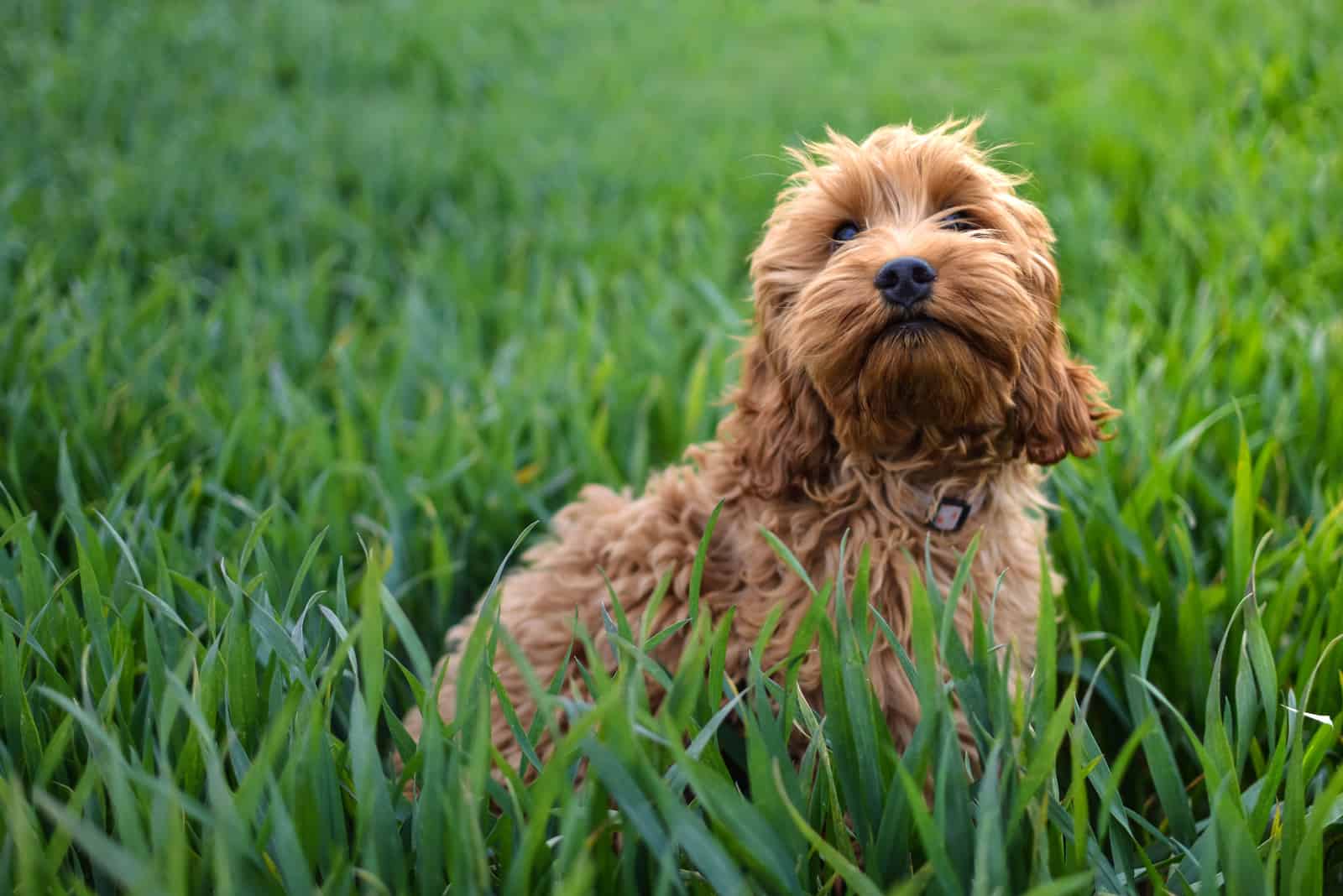
Bringing any new puppy into your home is as challenging as it is rewarding. It’s a big responsibility and can take a lot of effort.
Remember, you chose the puppy, not the other way around. The pup had no say in this, so it’s entirely up to you to get it right and provide everything it needs. You have taken over from its mother, and it is entirely dependent on you.
The first three days are the most important. Your new fur baby will be a bit confused, will be missing its mom and siblings, and might be a little scared and overwhelmed. Keep things as calm and quiet as possible, allowing the pup to settle in gradually.
This is a time to begin forming that bond. Try to make yourself available without fussing too much.
The key to integrating your pup quickly and successfully is preparation. This should be done well before you bring the puppy into your home.
Introducing a whole load of new things (crates, dog beds, toys, collars, leashes, etc.) afterward may set your pup back.
Make sure you buy a variety of toys to keep the puppy amused. Don’t use any homemade toys you fashioned out of old clothes, as the puppy won’t know the difference between these and the clothes you wear!
Try to establish a routine, as dogs are comfortable with this. Your pup will soon know what time to expect things to happen, such as potty time, feeding time, walks, playtime, and bedtime.
Pups have a natural urge to need a bathroom break after eating and drinking, playtime, and before sleeping. Be sure to take them out frequently and use the same spot, so they know where to go.
Dog’s pee and poop contain scent markers that trigger the urge to go, so your puppy will be more likely to ‘perform’ if you use the same area.
Puppyhood is a crucial period of your dog’s life, where its character and personality are formed. This is when the bond between you is forged, based on mutual love and trust. If you invest the time and effort (yes, and money!), you’ll reap the rewards with a loving, loyal, obedient dog.
Cockapoo Full-grown: How Big Do They Get?
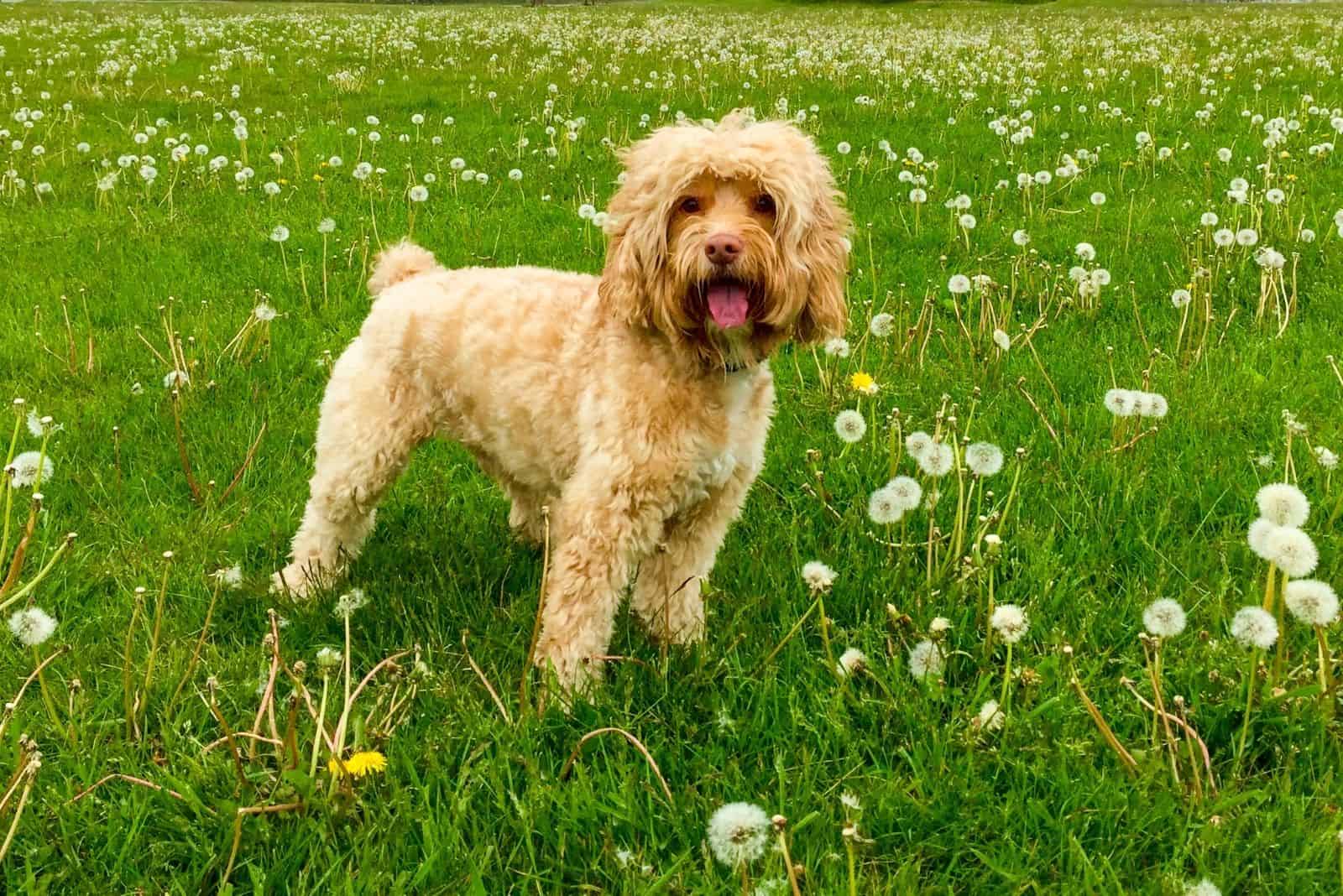
These dogs come in three sizes:
• The Standard Cockapoo measures at least 15 inches at the shoulder and weighs about 19 pounds. This size is also called the Maxi Cockapoo and uses the Standard Poodle in the mix.
• The Miniature Cockapoo measures between 11 and 14 inches and weighs between 13 and 18 pounds. This is a Cocker Spaniel Miniature Poodle mix.
• Toy Cockapoo measures between 8 and 10 inches and weighs between 9 and 12 pounds. As you’ll have guessed, this is a cross between the Toy Poodle and Cocker Spaniel.
By all accounts, none of them could be classed as a big dog! Even the standard version is small and cuddly, making them ideal lapdogs and family pets.
Some sources suggest a fourth size: the Teacup Cockapoo, usually measuring less than 8 inches and weighing around 6 pounds. You should know all the facts if you’re thinking of getting one.
Most teacup dogs are plagued with health problems, usually due to unethical breeding practices. Some breeders mate two runts to produce even smaller dogs, and others deliberately starve dogs to stunt their growth.
Many dogs of this size have fragile bones, delicate digestive systems and are at severe risk of hypoglycemia (a sudden drop in blood sugar levels).
On the whole, it’s best to avoid buying them. Reputable breeders never advertise teacup dogs for sale, although they may sell dogs that are naturally smaller than the accepted standard. They won’t use the name teacup as a marketing ploy!
Cockapoo Temperament
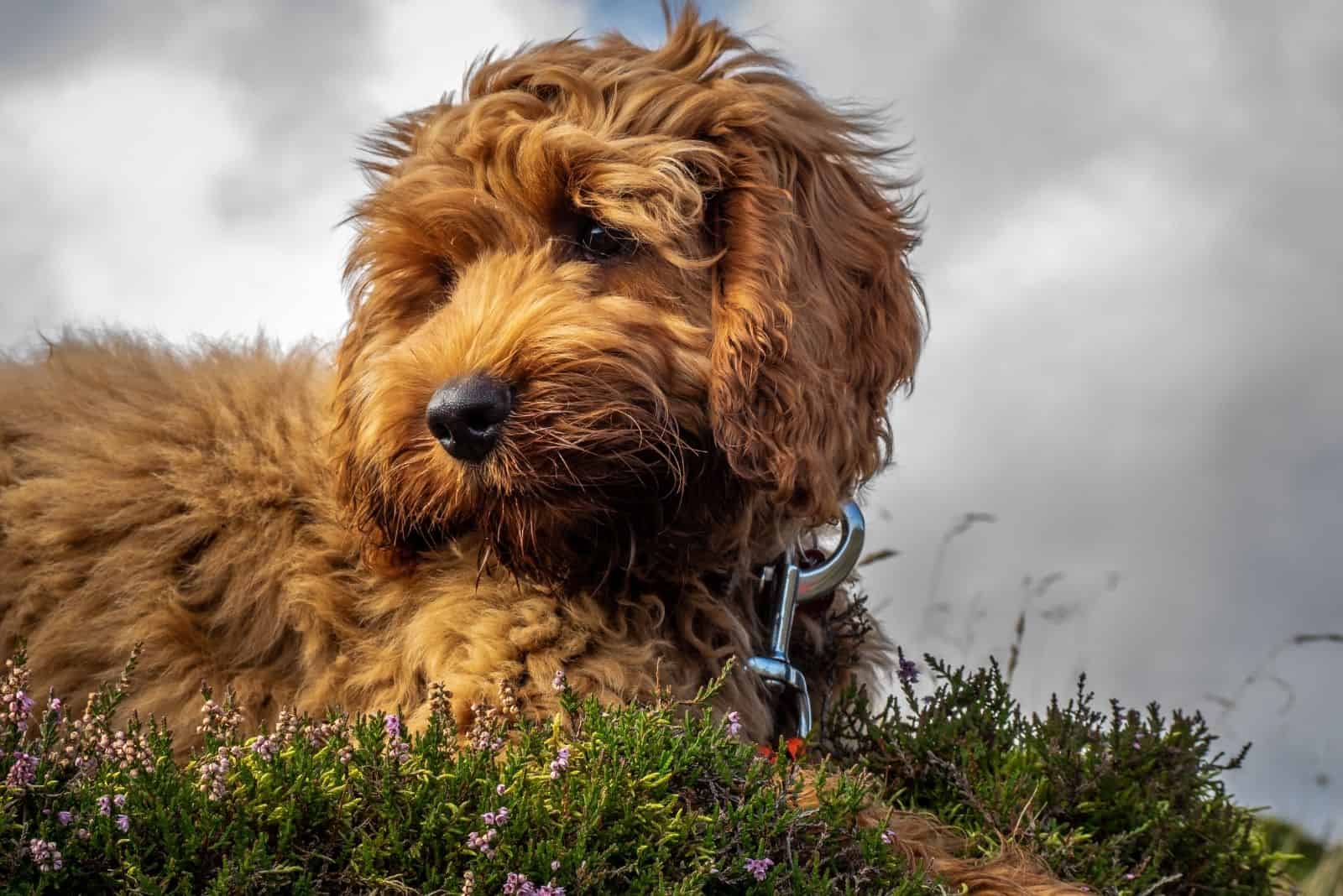
Cockapoos are perfect family dogs. They are fun-loving, friendly, and affectionate with everyone, including kids, strangers, and other dogs.
Even so, socialization will have a role to play in this, and you should always supervise young children when they’re with dogs. It’s just as important for children to learn how to behave around dogs as it is to train your dog.
Cockapoos are very people-oriented, and they thrive on human company. These dogs get on better in families where someone is home most of the time. Separation anxiety is a significant problem for these pooches, and leaving them alone for long periods is never good.
If you do need to go out and leave the dog alone for any length of time, take them for a long walk first to use up any excess energy. Give them puzzle toys to keep them occupied, and don’t make a fuss as you leave.
If you make your absence something that’s normal without drawing attention to your departure and arrival, your dog is more likely to accept it as part of the everyday routine.
Cockapoos have earned a reputation as excellent therapy dogs, as they are so affectionate and sweet-natured. You’ll be sure to get plenty of love, kisses, and snuggles from your puppy because of this.
They also have a very playful side, so get ready for fun and games! They’ll happily make a game of fetch last for ages, and you’ll probably tire out well before they do.
These dogs quickly form strong bonds with all family members and approach everyone like old friends.
Overall, this is a very sweet-natured dog that loves everyone and rarely shows aggression. Still, it’s always best to monitor your dog’s behavior and watch for any uncharacteristic changes.
This may be an indication that your furry pal is scared, sick, or in pain.
Are Cockapoos Easy To Train?
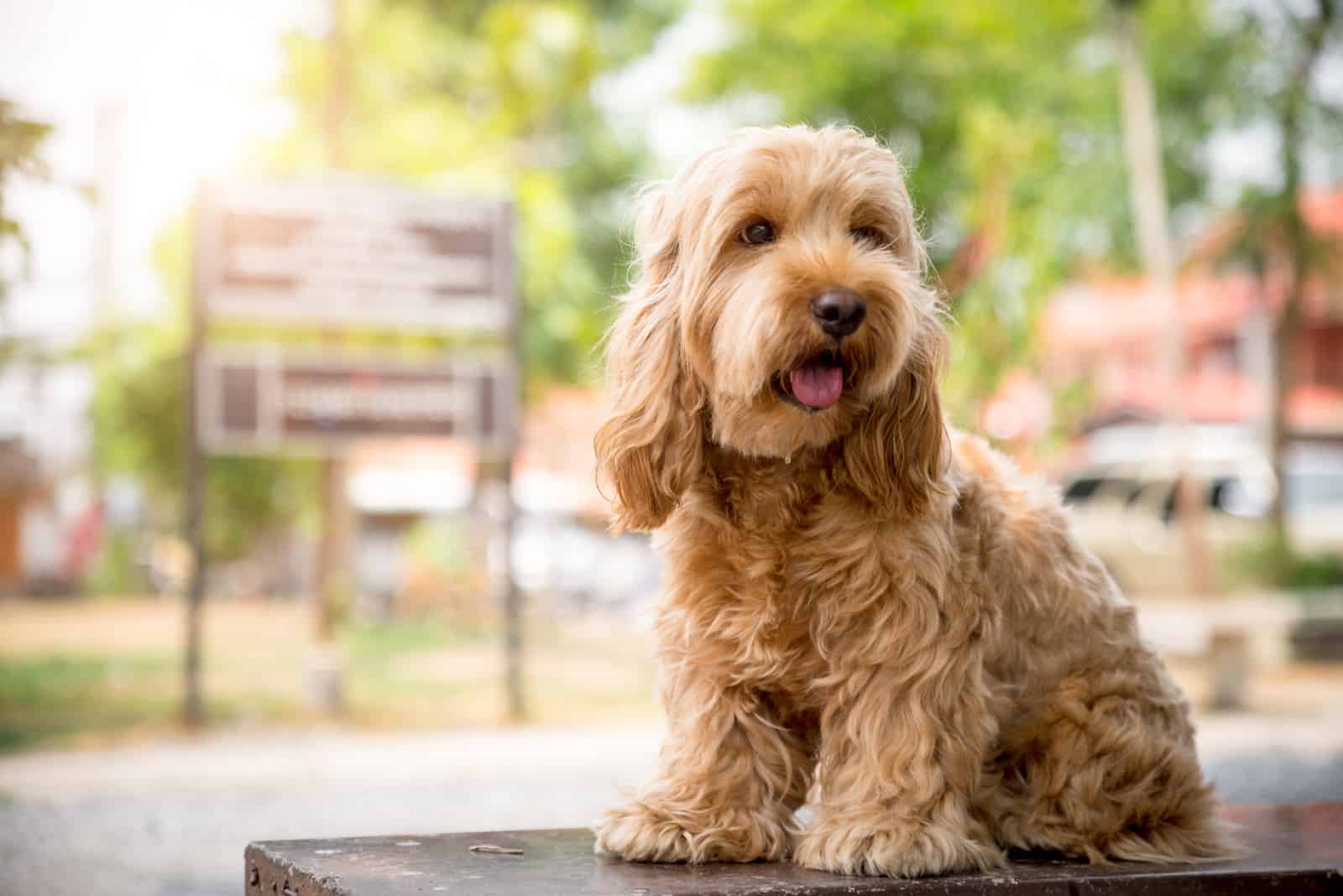
With all the intelligence of the Poodle and the Cocker Spaniel, training these dogs should be a breeze!
They thrive on human companionship and live to please you. These dogs hang on your every word, so you should be able to train them without much fuss.
One fact to remember is that they are sensitive and won’t respond well to harsh words. Positive reinforcement is accepted as the best training method these days, and this is undoubtedly the case with Cockapoos.
Early training (well before 10 weeks of age) is the very best way to cut out any bad manners and unwanted behavior. Training dogs from a young age is proven to be the best approach.
Socialization is also key to raising a well-behaved dog. Introducing your puppy to a variety of situations, scenarios, people, and animals while they are young will help iron out any problems later.
Cockapoo Haircut: What Styles Are There?
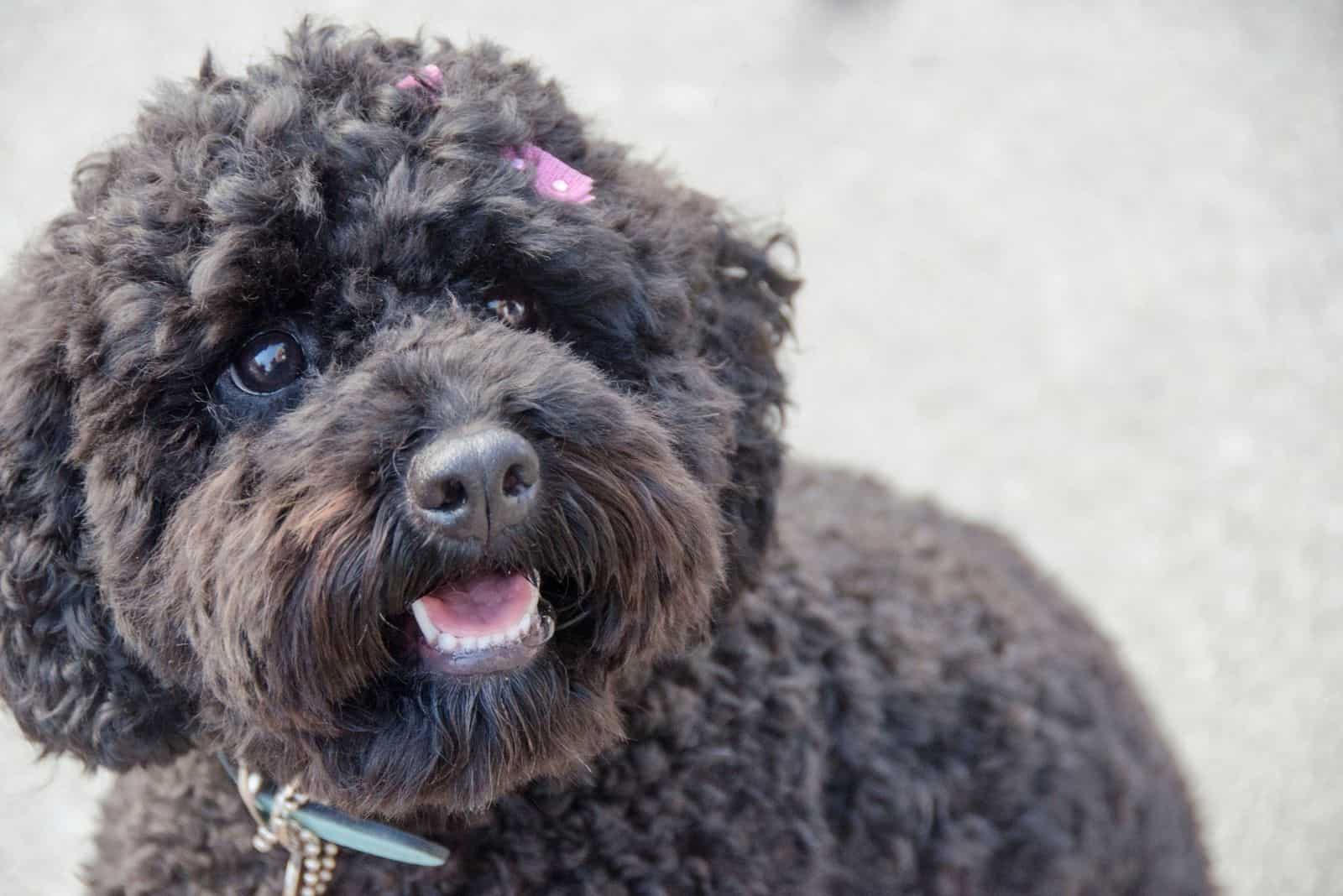
Cockapoo coats come in three types: curly, straight, and wavy. These three coat types reflect both of the parent breeds, with the wavy coat sitting between as a combination of the two.
The style you choose for your Cockapoo will depend on which coat type it has, and there are many different options.
Here are four of the easiest and most popular styles:
• The Puppy Cut is a blessing for first-time Cockapoo owners, especially if they’ve never clipped their dog’s hair before. This low-maintenance style works on all three coat types and is pretty easy to achieve, with an even trim all over the body to about 1.5 or 2 inches.
• The Summer Cut is great for the warmer seasons and cuts down the time spent grooming. Tangles and matting won’t be a problem; you’ll avoid having to brush or wash out dirt, and your puppy will stay cool! Again, it’s easy enough to do this at home and is virtually the Puppy Cut but shorter, about half an inch in length.
• The Teddy Bear Cut looks seriously cute. Your pooch will look adorable and will get lots of attention wherever it goes. While similar to the two styles above, it leaves the hair longer with a rounded look to the head and face.
• The Cocker Cut works best on the straight coat, giving your puppy a definite Spaniel look with longer hair on the ears but shorter on the face. This takes a little more work and maintenance, so you might want to ask a groomer to do this for you.
While the advantage of a Poodle-type coat is that it is low-shedding, it does generally require more maintenance to keep it free from tangles.
Ideally, it’s best to brush your dog every day. It shouldn’t take too long because of their tiny size!
To keep the coat manageable and in good condition, it’s best to have it clipped every six to twelve weeks.
Cockapoo Colors
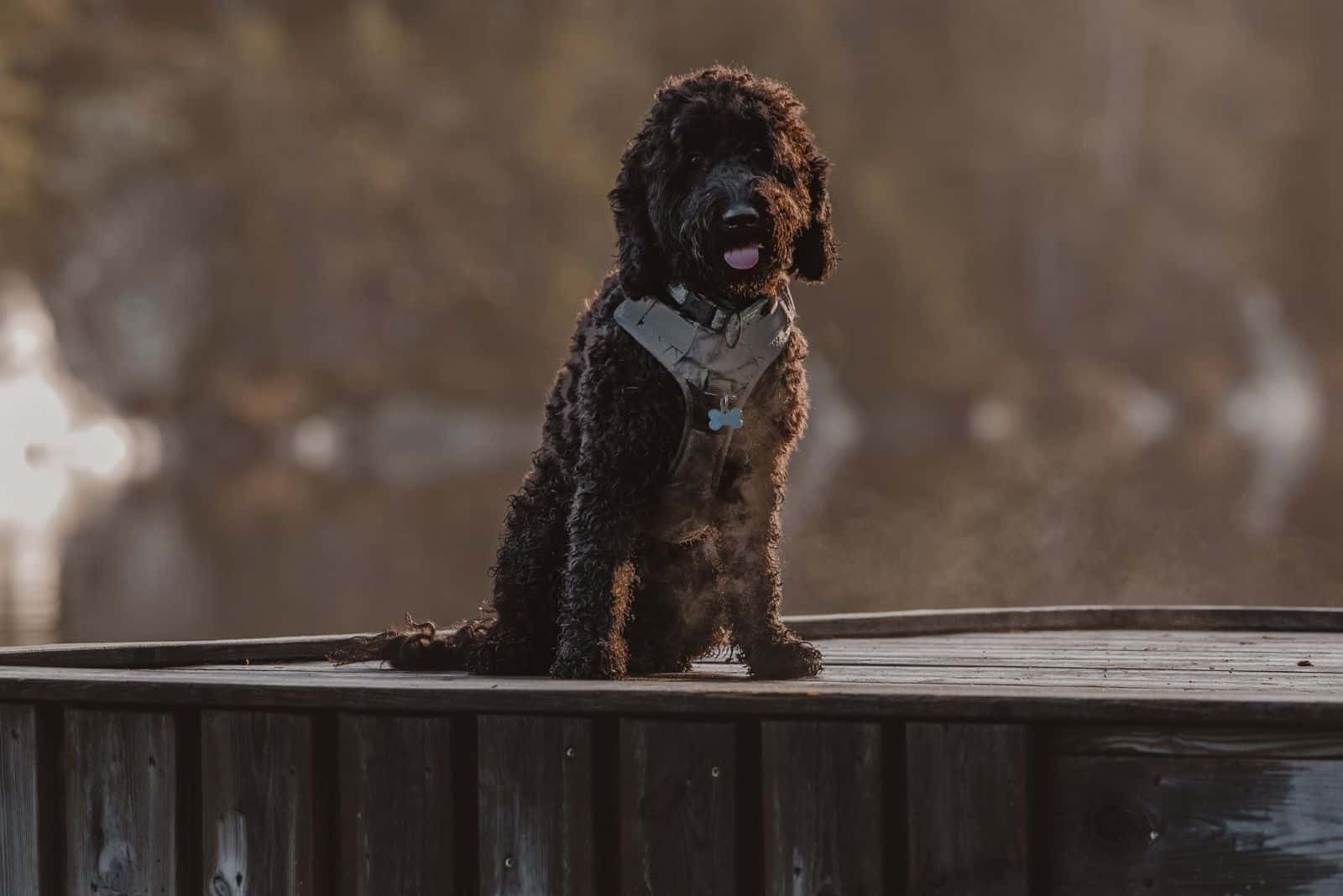
There are many coat colors to choose from, so it might take you a while to settle on one because they’re all so beautiful!
If you have a favorite coat color in mind, it’s best to let your breeder know as they may have a better idea of what their dogs will produce.
Here are a few of the brilliant colors you might expect to see:
• White
• Tan
• Tuxedo
• Black
• Red
• Sable
• Golden
• Merle
• Silver
• Brown (chocolate)
• Black and tan
• Champagne
• Beige
• Apricot
However, the most common of these are solid black, solid white, apricot, red, and chocolate Cockapoos. Although it’s best to avoid breeders who charge exorbitant prices for ‘rare’ colors, you should expect to pay a little more for unique pups from reputable breeders.
A good breeder won’t use color or size as a marketing gimmick, and they rarely need to advertise. Charging a bit more for an unusual color helps them to recover some of the breeding expenses, which are significant!
Cockapoo Health Problems
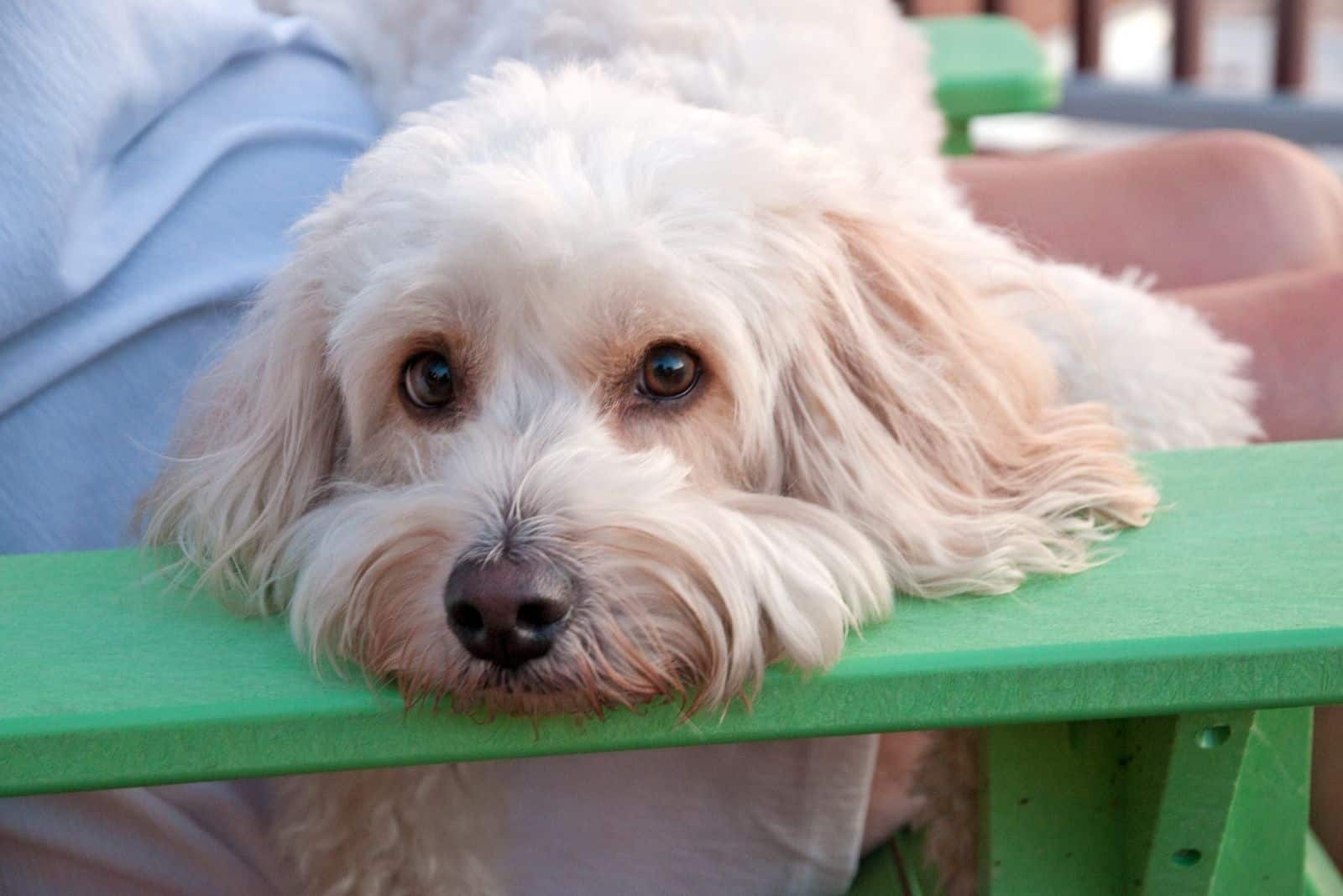
Like all dogs, the Cockapoo has its health issues to contend with.
Even so, purebred dogs tend to have more problems than mixed breeds, on the whole. Here are a few of the conditions that Cockapoos can suffer from:
• Hip dysplasia is caused by a poorly-formed joint. The bones grate together, making it painful to walk. Arthritis and inflammation are common, and surgery is often used to fix particularly severe cases. Thankfully, this condition isn’t as widespread in this breed because of hybrid vigor.
• Patella luxation, also called floating kneecap, is when the patella (kneecap) slips out of its groove, causing pain and discomfort.
• Cataracts can be an issue in both parent breeds, so the Cockapoo is at risk of inheriting this problem. However, regular checkups at the vet will help identify and fix this.
• Ear infections are common in floppy-eared dogs, especially those with thick, curly coats. Airflow to the ear canal is restricted, so it becomes a warm, dark, damp environment, ideal for bacteria to thrive. Dirt and earwax accumulate, giving the bacteria an inviting home.
As a mixed-breed dog, the Cockapoo is generally healthy, and you can help by getting your pup checked at the vet at least twice a year.
Cockapoo Lifespan
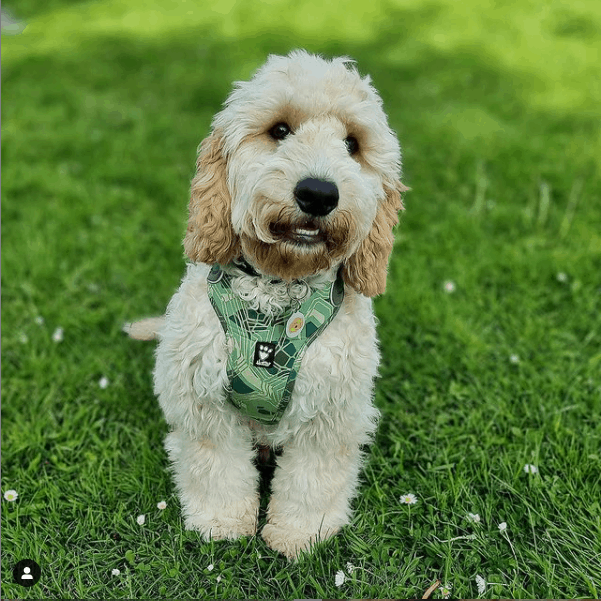
Photo from: @izzy_t_and_henry_cockapoos
This affectionate pooch beats many other breeds when it comes to a long life. The average lifespan for all dog breeds is 10 to 13 years, but the Cockapoo is known to reach between 12 to 15 years and well beyond this in many cases.
Reports show that some of these dogs have lived for about 20 years!
The fact that they are small dogs probably helps, as smaller breeds generally live longer than big ones.
Also, something called hybrid vigor possibly plays a part. Purebred dogs are selectively bred, frequently using the same bloodline to keep the breed ‘pure.’ This inevitably leads to inbreeding (called ‘line breeding’ to make it sound better) that causes genetic faults.
Crossbreeding introduces fresh genes and reduces the risk of passing genetic conditions onto the pups. Therefore, hybrid dogs tend to be healthier than purebred, hence the longer lifespan.
The best way to ensure that your pooch lives a good long while is to buy from a reputable breeder who performs health tests on the parent dogs. You’ll also get a health guarantee and a lifetime of advice and support from the breeder.
Your job is to provide this beautiful little life with all the love and care it needs from day one. That means ensuring your puppy gets the right amount of exercise and mental stimulation, the best dog food, and a regular grooming routine.
Hopefully, your fur baby won’t get sick too often, so there won’t be too many trips to the vet. Even so, it’s best to check in at least twice a year so your vet can look for any signs of illness.
Finally, while you’re bathing or grooming your pup, use the opportunity to check for any scratches, wounds, or bumps that need investigating and treating.
Careful monitoring can be helpful in preventing more severe illnesses in the future.
How Much Exercise Do Cockapoos Need?
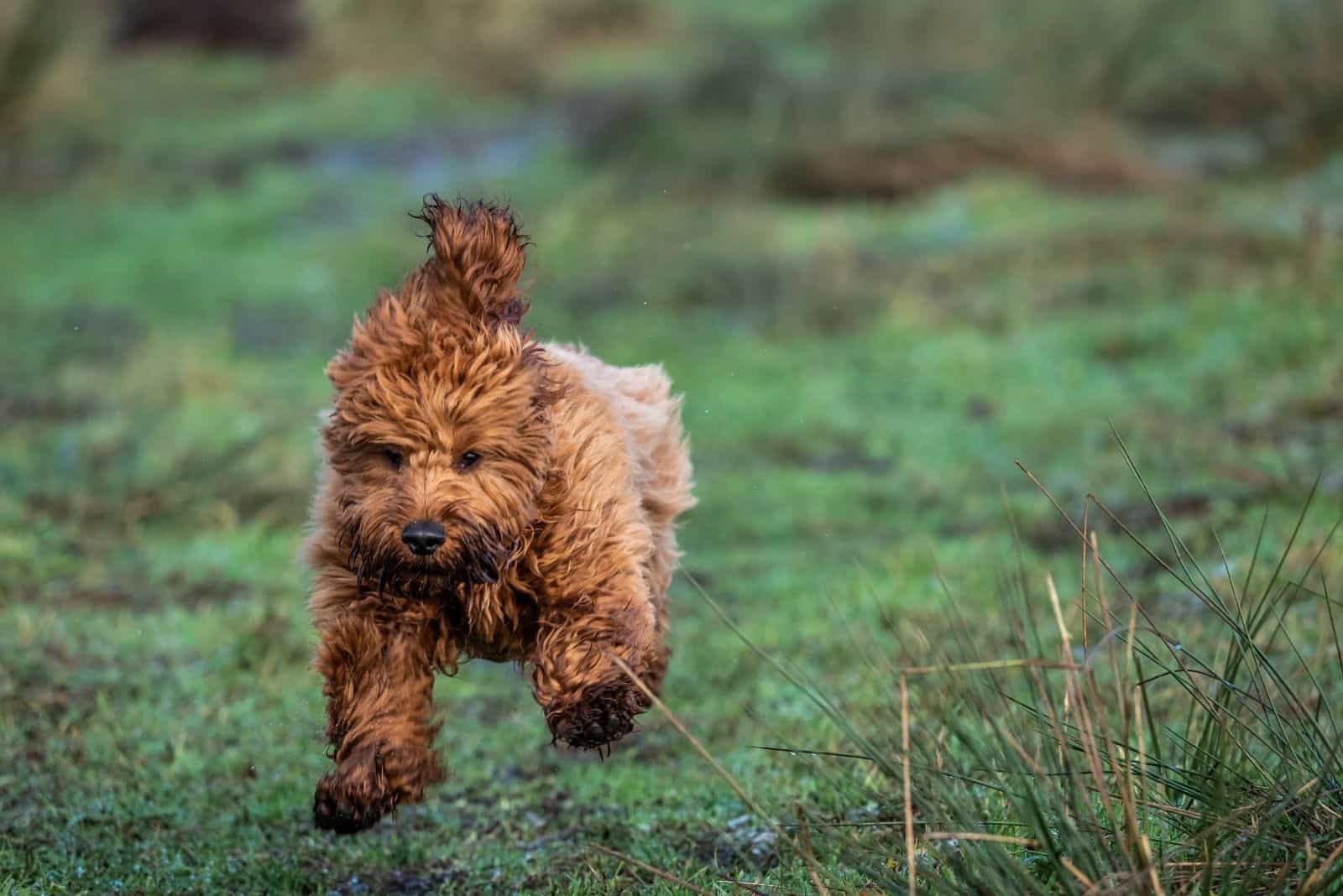
It depends on their age, size, general health, and energy levels, as with all dogs.
The generally accepted recommendation is that an adult Cockapoo should have an hour of daily exercise for every 30 pounds in weight.
So, if your puppy pal weighs around 15 pounds, they’ll need about 30 minutes of exercise each day. Rember, this is only a rough estimate, and you’ll need to adjust the time for your own dog.
Exercise should include walking and ‘free’ playtime. Puppies enjoy playing, and it looks like great fun. Even so, they are learning from the experience. Playing with their siblings teaches them how to behave, and the mother will step in to check them if they get too rough.
You can continue this process. Not only is it a happy time for you and your puppy, but it also strengthens the bond between you.
It’s also important not to give puppies too much exercise before they are fully developed. The stress and strain on their joints are too much and will cause damage. Cockapoo puppies will usually stop growing between 9 and 12 months of age.
On top of its physical exercise, your dog needs mental stimulation. While all dogs are pretty smart, some are naturally more intelligent and need to keep their minds active.
Cocker Spaniels and Poodles are both intelligent breeds, so you can bet that your Cockapoo is going to take after them! Both parent breeds excel at dog sports of all kinds, so you could enroll your dog in agility games, obedience training, and obstacle courses.
Invest in some puzzles and games for the garden or backyard. They don’t need to be expensive! You can simply hide items and get your pup to find them, as this is a favorite for most breeds.
Try teaching your furry friend some tricks, as they’ll really throw themselves into this and learn them in no time.
Adequate mental stimulation is essential to your dog’s health and happiness. Without this, they will become frustrated and will misbehave.
The Spaniel is known to be a bit of a barker at times. Excessive barking is one way in which a bored Cockapoo dog might express itself. They may also dig up your flowerbeds or chew up your home. This is why mental stimulation is so important!
Are Cockapoos Hypoallergenic?
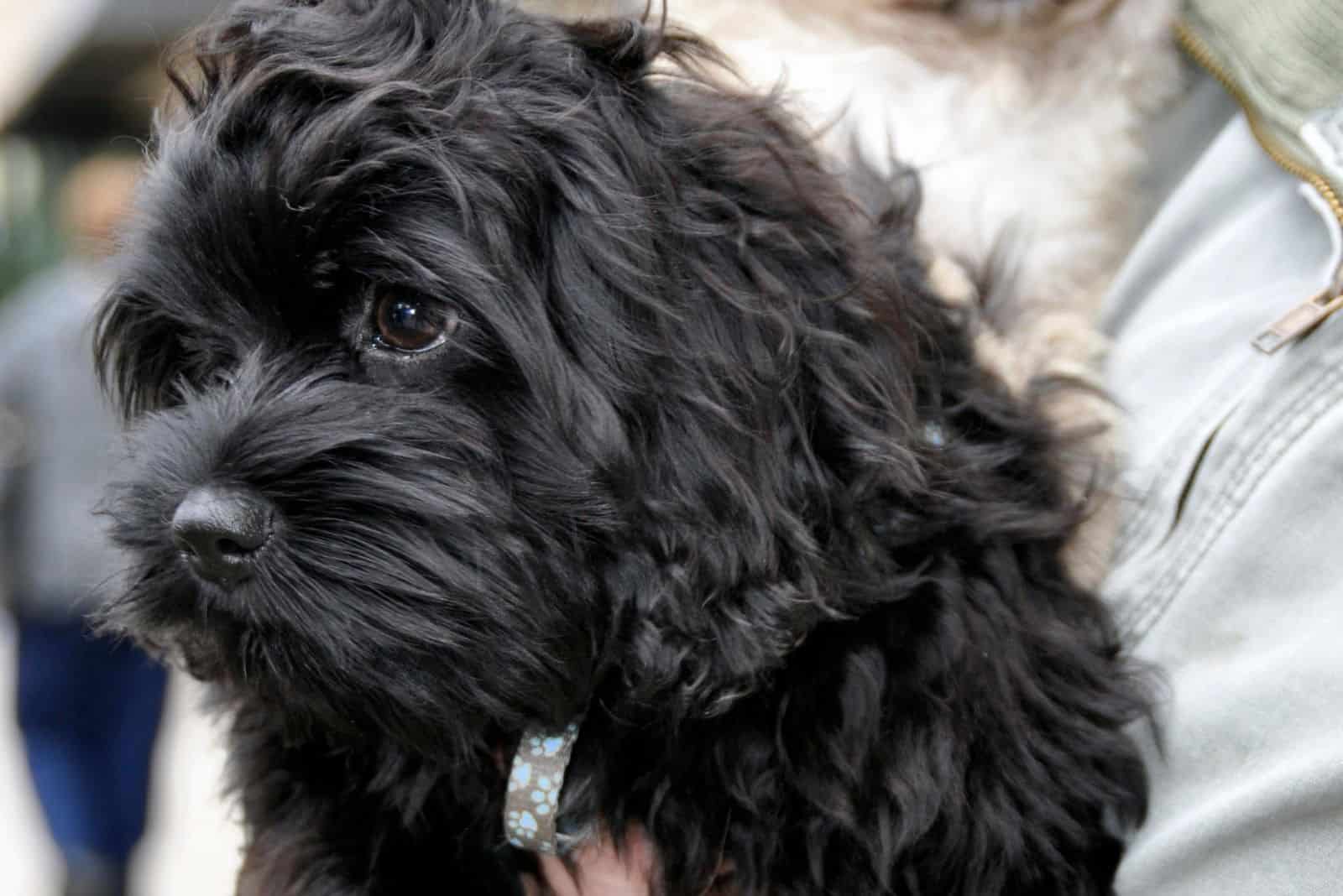
The honest answer is: possibly!
It all depends on which coat your pup inherits from the parent dogs. Poodles are famous for their allergy-friendly fur, so if your puppy takes after the Poodle parent, then you will have a hypoallergenic dog.
However, if it inherits the Cocker Spaniel coat, then it could trigger your allergy.
While we’re on the subject, we should address the confusion around the word. You’ll see terms like ‘truly hypoallergenic’ or ‘100% hypoallergenic’ or websites saying that there’s no such thing.
Here’s the truth: hypoallergenic dogs do exist, and the word simply means they are less likely to trigger an allergic reaction. It doesn’t mean that they are entirely allergy-free!
Many dog owners still mistakenly believe that dog fur or hair causes allergies. In fact, it’s proteins in the dog’s dander, urine, saliva, and feces that are the problem.
The proteins stick to the coat (dander can also float freely around your room), and when dead hairs fall out, they attach themselves to clothes and furniture, which is when we come into contact with them.
In some humans, the immune system recognizes these proteins as harmful bacteria, so they overreact to expel them. Cue the sneezing, itchy eyes, runny nose, and skin rash!
The Poodle is prized for its low-shedding coat and the fact that it doesn’t produce a lot of dander. So, if you suffer from pet allergies, a Cockapoo is probably a better choice than a Basset Hound or a German Shepherd.
If you’re after a hypoallergenic dog, speak to the breeder as they can possibly pick out a pup that displays the Poodle parent’s curly and wavy coat.
Remember, though; there are no guarantees. Each dog is different, and it all depends on the severity of your pet allergy as to how much you react to the dog.
Cockapoo Price
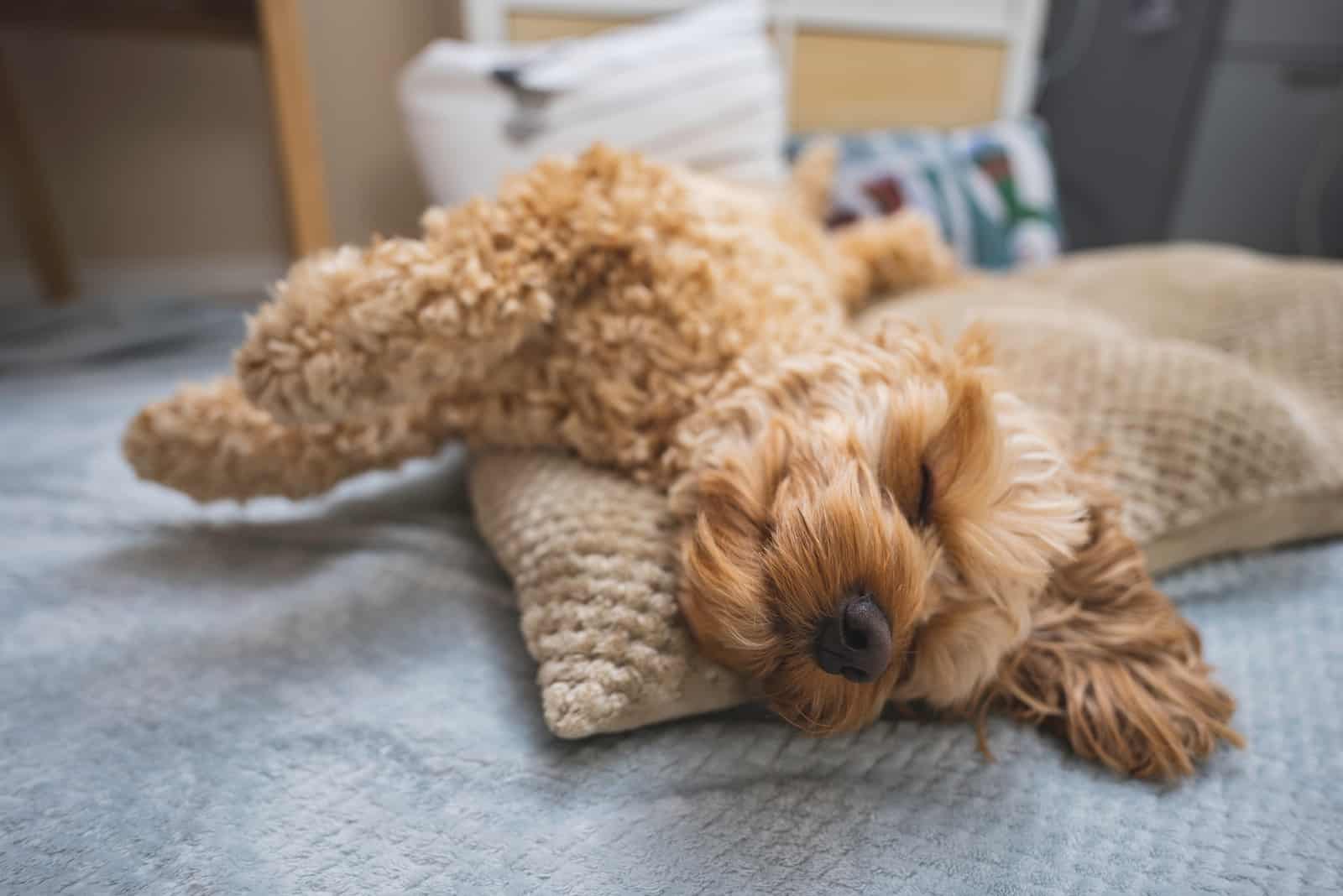
You could pay between $900 and $3,000 for your Cockapoo puppy. As always, people are puzzled by the wide margin between the highest and lowest prices. So, why is there such a gap?
Putting a price on a pup of any breed isn’t an exact science. Several different factors are involved, such as the breeder’s location and reputation.
The laws of supply and demand can affect the price, and the Cockapoo is a popular breed. And even though it’s a mixed breed dog, purebreds are involved in producing them.
Their offspring will cost more if these dogs are from superior bloodlines and have good pedigrees.
While it’s natural to seek a breeder with low prices, this isn’t always the best option. When done correctly, breeding is an expensive business, and very few good breeders make a profit on each litter.
Anyone selling Cockapoo puppies for less than $800 should immediately raise your suspicion.
It’s more than likely that the breeder has cut corners to keep costs low, meaning that the parent dogs and the pups won’t have received the care and attention they deserve.
The breeder certainly won’t have used health testing, as this is costly.
Reputable breeders will invest time, effort, and money to ensure a good reputation.
They screen their parent dogs for common health issues, keep them in clean, hygienic accommodation (the best ones keep the dogs indoors as family pets), and feed them top-quality dog food.
The pups are given their first vaccinations and sent home with a puppy starter pack, sometimes worth a few hundred dollars.
In addition, some breeders start the socialization process and even begin teaching the pups basic commands.
As a general guide, you should be able to get a healthy, happy Cockapoo pup from a good breeder for about $1,500.
Summing Up The Cockapoo
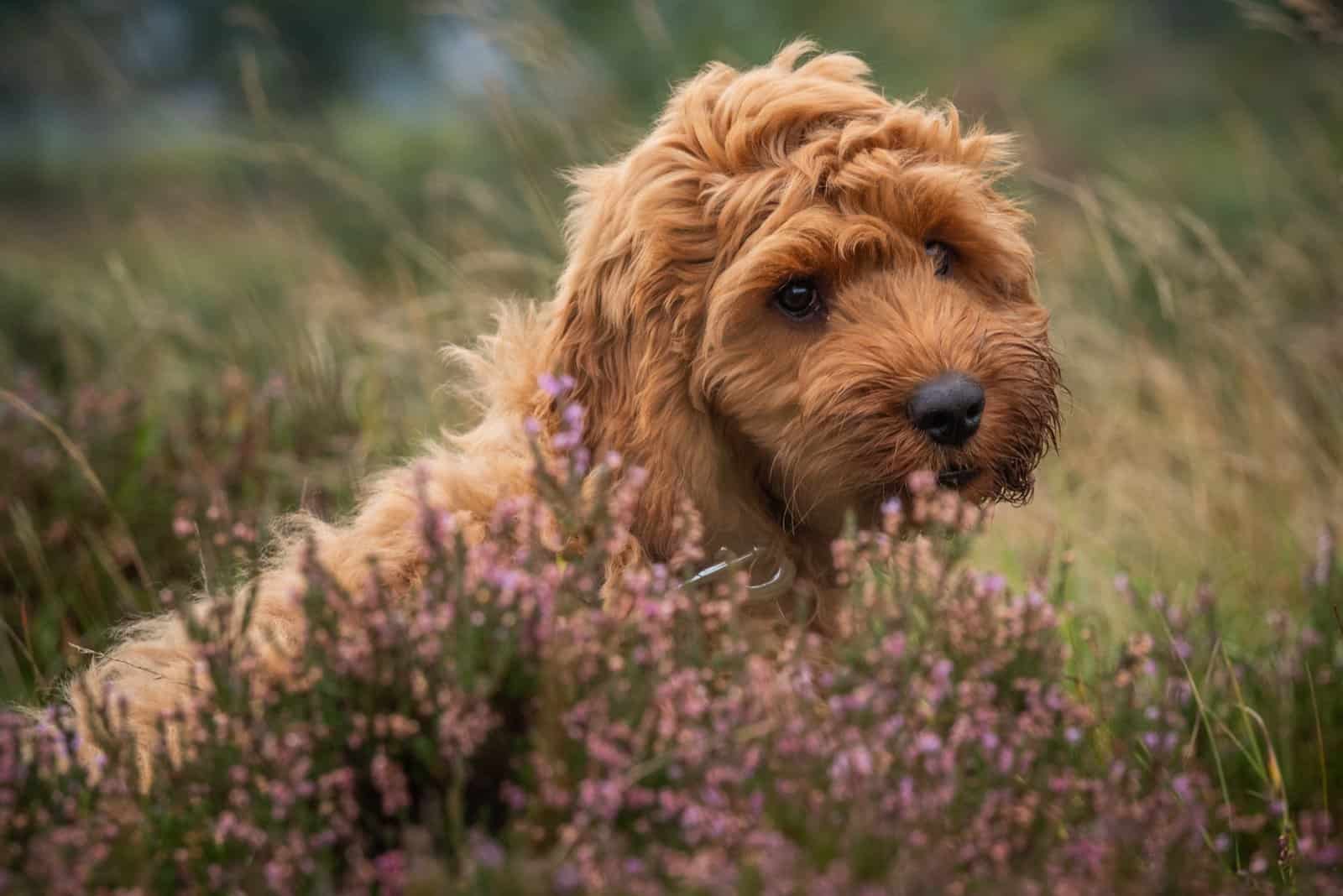
Well, that’s the Cockapoo, so what do you think?
They come in three sizes, though all three are highly adaptable and will fit easily into most lifestyles and living spaces.
These are just the sweetest dogs, and they’ll get along with everyone, including kids, strangers, other pets, and dogs. Aggression is rare, though you might see the odd sign of protective behavior if your pooch feels that you’re in danger.
When choosing a dog, it’s essential to get one that matches your activity levels. The adult Cockapoo needs about thirty to forty-five minutes of exercise every day, which shouldn’t be too difficult for anyone to achieve.
If you’re a serious hiker or runner, don’t expect this little dog to match your pace! There’s a good chance you’ll end up carrying that furball for several miles.
The most important aspects of owning a Cockapoo are to make sure it is groomed regularly, isn’t left alone for too long, and that it gets enough mental stimulation.
If you can commit to these tasks, then you’ll have a happy pup!
















